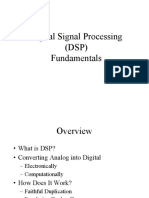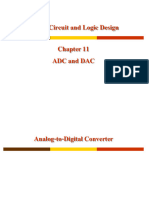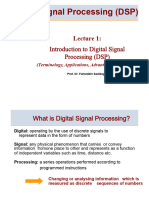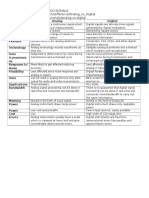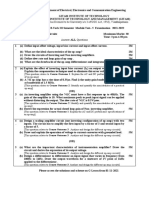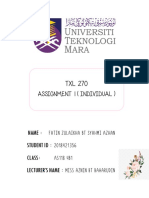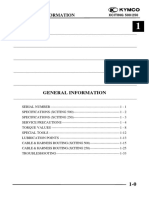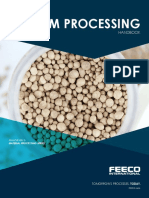0% found this document useful (0 votes)
129 views40 pagesDSP Unit 1 Lecture Notes
This document provides an overview of digital signal processing (DSP) fundamentals, including:
- DSP involves converting analog waveforms into discrete digital representations through analog-to-digital conversion.
- The analog signal is sampled at regular intervals and each sample is converted to a digital value using an ADC.
- A binary search algorithm is used computationally to determine the digital value that most closely matches each analog sample.
- Once in digital form, the signal can be accurately reconstructed and mathematically manipulated through DSP techniques like filtering.
Uploaded by
gowri thumburCopyright
© © All Rights Reserved
We take content rights seriously. If you suspect this is your content, claim it here.
Available Formats
Download as PPT, PDF, TXT or read online on Scribd
0% found this document useful (0 votes)
129 views40 pagesDSP Unit 1 Lecture Notes
This document provides an overview of digital signal processing (DSP) fundamentals, including:
- DSP involves converting analog waveforms into discrete digital representations through analog-to-digital conversion.
- The analog signal is sampled at regular intervals and each sample is converted to a digital value using an ADC.
- A binary search algorithm is used computationally to determine the digital value that most closely matches each analog sample.
- Once in digital form, the signal can be accurately reconstructed and mathematically manipulated through DSP techniques like filtering.
Uploaded by
gowri thumburCopyright
© © All Rights Reserved
We take content rights seriously. If you suspect this is your content, claim it here.
Available Formats
Download as PPT, PDF, TXT or read online on Scribd
/ 40





